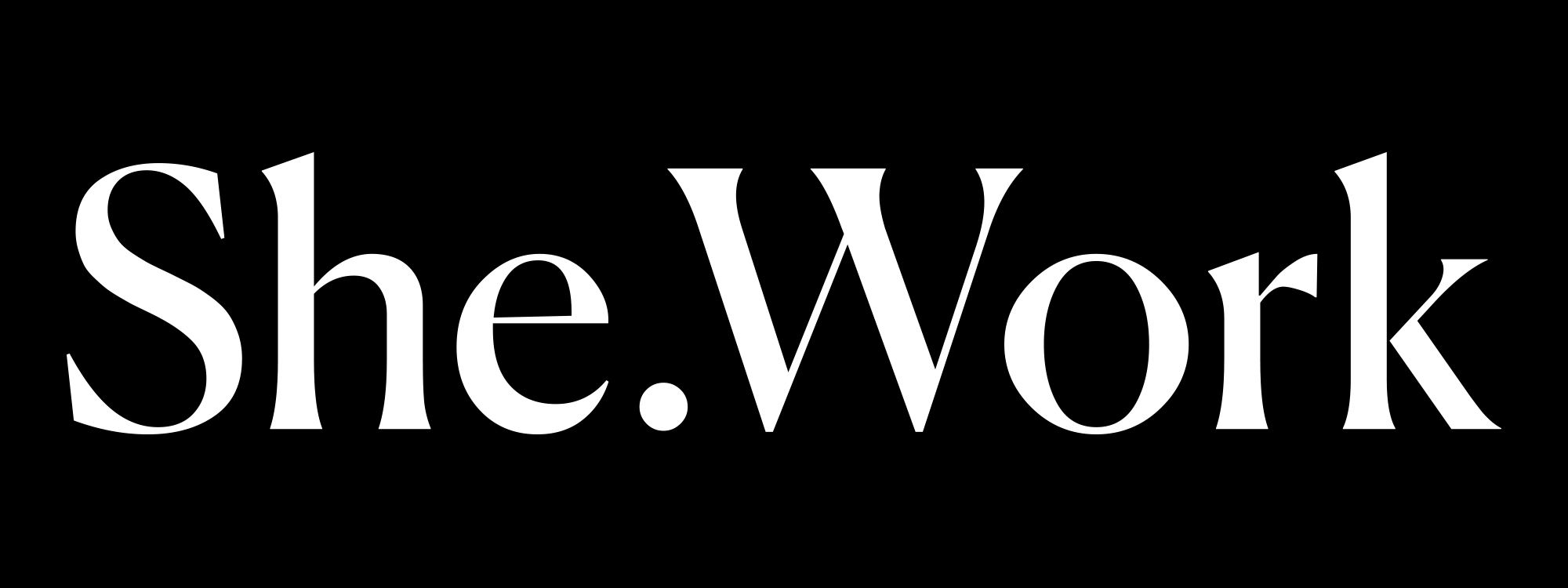Flexetariat is a term that describes a workforce that values flexibility, remote work, and autonomy over rigid office structures. This shift is driven by advancements in technology, changing employee expectations, and the realization that productivity isn’t tied to a physical office.
The traditional 9-to-5 job is no longer the standard for many professionals. The flexetariat consists of freelancers, gig workers, hybrid employees, and remote-first professionals who prioritize freedom, efficiency, and work-life balance while still delivering results.
Characteristics of the Flexetariat
- Location Independence: Works remotely, either full-time or in a hybrid model.
- Time Autonomy: Chooses work hours based on productivity peaks rather than fixed schedules.
- Outcome-Oriented: Measures success based on results rather than hours worked.
- Multi-Project Workstyle: Often engages in multiple roles, gigs, or freelance projects.
- Work-Life Integration: Blends professional and personal responsibilities in a way that suits individual lifestyles.
Why the Flexetariat is Growing
- Technological Advancements: Cloud-based tools and communication platforms make remote work seamless.
- Changing Employee Priorities: Workers prioritize autonomy, purpose, and personal fulfillment over traditional career paths.
- Rise of the Gig Economy: More professionals opt for freelancing and contract work.
- Pandemic-Induced Shifts: Remote work proved to be sustainable, prompting long-term workplace changes.
- Global Talent Access: Companies now hire talent from anywhere, reducing the need for centralized offices.
How Companies Can Adapt to the Flexetariat
- Offer Flexible Work Models: Support hybrid, remote, and project-based employment options.
- Focus on Results, Not Hours: Shift from time-based evaluation to outcome-based performance.
- Invest in Remote Collaboration Tools: Ensure seamless communication and productivity.
- Rethink Employee Benefits: Provide perks like coworking stipends, mental health support, and remote work allowances.
- Encourage Autonomy: Trust employees to manage their schedules and projects effectively.
Challenges of the Flexetariat Model
- Isolation & Communication Barriers: Remote work can lead to reduced social interaction.
- Blurred Work-Life Boundaries: Without structure, some employees struggle to disconnect.
- Job Security Concerns: Gig workers and freelancers may lack long-term stability.
- Company Culture Maintenance: Creating a strong organizational identity across remote teams.
- Legal & Compliance Issues: Managing employment laws and benefits for a dispersed workforce.
The Future of the Flexetariat
As more professionals seek autonomy and companies embrace flexible models, the flexetariat is set to redefine the workforce. Organizations that adapt to flexibility, prioritize employee well-being, and embrace remote work trends will attract and retain top talent in the years ahead.
The flexetariat isn’t just a trend—it’s a fundamental shift in how work gets done. By prioritizing flexibility and autonomy, companies can create an empowered, productive, and satisfied workforce.
Remember: Work should fit life, not the other way around. The future belongs to those who embrace flexibility.
✿ Thank you for reading!
Subscribe to be our bestie, no spam—just good vibes once a month.
✱ If you liked this article, please share it with a friend who could use inspiration.
If you have a topic in mind or a story to share anonymously or with your name, email us at [email protected]





